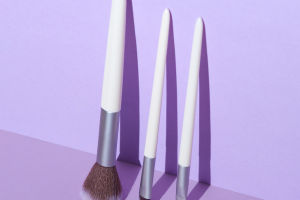Ultimate Guide to Surfboards
Selecting the right surfboard is crucial for enjoying the waves and improving your surfing skills.
With various types of surfboards available, understanding their features can help you find the perfect match for your surfing style and conditions.
Types of Surfboards
Shortboards
Shortboards are designed for high performance and agility. They typically range from 5 to 6 feet in length and are known for their sharp turns and quick maneuvers.
Best For: Advanced surfers who want to perform complex tricks and ride in powerful waves.
Features: Narrow, pointed nose, and a short length allow for quick turns and speed.
Longboards
Longboards are characterized by their length, usually ranging from 8 to 10 feet. They provide stability and are great for cruising on smaller waves.
Best For: Beginners and those who enjoy a relaxed, traditional surfing style.
Features: Wide nose and tail, making them stable and easier to paddle.
Fish Boards
Fish boards have a wider, shorter design with a swallowtail. They are known for their versatility and are great for riding in various wave conditions.
Best For: Intermediate surfers looking for a balance between performance and stability.
Features: Wide and short with a swallowtail, offering speed and maneuverability.
Funboards
Funboards are a hybrid between longboards and shortboards. They range from 6 to 8 feet and offer a good balance of performance and ease of use.
Best For: Beginners and intermediate surfers who want to transition from a longboard to a shortboard.
Features: Moderate length and width, providing a blend of stability and agility.
Hybrid Boards
Hybrid boards combine features of various surfboards to offer versatility and adaptability to different wave conditions.
Best For: Surfers who want a single board that can handle various conditions and styles.
Features: Unique design elements from different types of boards, tailored to specific needs.
Factors to Consider When Choosing a Surfboard
Skill Level
Beginners: Opt for a longboard or funboard for ease of paddling and stability.
Intermediate to Advanced: Consider shortboards or fish boards for performance and agility.
Wave Conditions
Small Waves: Longboards or funboards are ideal for small, mellow waves.
Large Waves: Shortboards and fish boards are better suited for larger, more powerful waves.
Board Material
Polyurethane: Commonly used, providing a traditional feel and good performance.
Epoxy: Lightweight and durable, suitable for various conditions and more resistant to dings.
Board Size and Shape
Volume: Higher volume boards provide more buoyancy and stability, while lower volume boards offer better maneuverability.
Shape: Consider the nose, tail, and overall shape based on your surfing style and wave conditions.
Choosing the right surfboard involves understanding your skill level, the types of waves you’ll be riding, and your personal preferences. Whether you’re a beginner looking for stability or an experienced surfer seeking high performance, there’s a surfboard designed to enhance your experience on the waves. Experiment with different boards to find what works best for you and enjoy the ride! Lykkers!
Which Surfboard Should You Buy & Use? | DETAILED BREAKDOWN | Volume, Shape, Size Etc
Video by How to Rip


